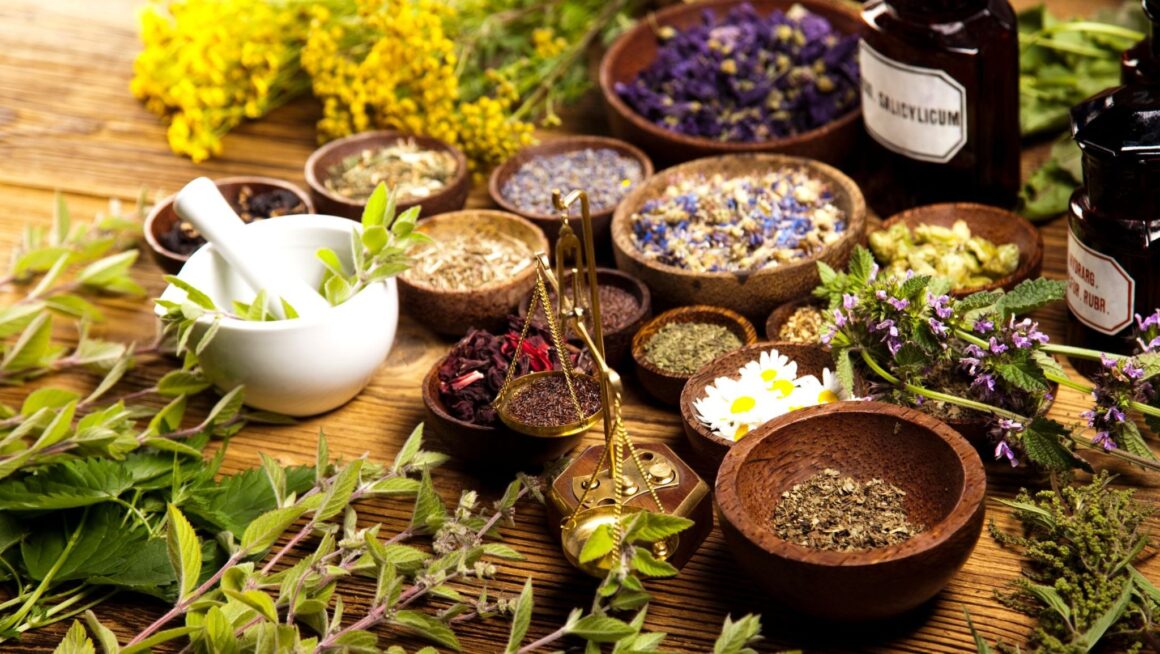
If you’re curious about plant medicine solutions you may have come across iowaska. This powerful Amazonian brew, also called ayahuasca, has captured global attention for its visionary journeys and potential for spiritual and psychological healing. In this article you’ll discover what iowaska really feels like, from its ancient indigenous roots to modern retreat settings. You’ll learn about the key ingredients, the ceremonial structure, the benefits and risks, and practical tips on legality and safe exploration.
Understanding the iowaska brew
Defining the brew
Iowaska, also known as ayahuasca, is a potent plant medicine brewed from two primary components: the Banisteriopsis caapi vine and the leaves of the Psychotria viridis shrub. The caapi vine contains harmala alkaloids that act as natural monoamine oxidase (MAO) inhibitors. By blocking MAO enzymes in your gut, these alkaloids allow the dimethyltryptamine (DMT) in P. viridis to become orally active and produce its hallmark visionary effects.
Key ingredients
- Banisteriopsis caapi: the vine rich in harmine and harmaline, essential for MAO inhibition
- Psychotria viridis: the leaf source of DMT, responsible for the psychoactive experience
- Water and sustained heat: used to simmer and concentrate the brew over several hours
Exploring its Amazonian origins
Indigenous traditions
Centuries ago Amazonian tribes like the Shipibo and Asháninka discovered iowaska’s power. Shamans learned through trial and ceremonial practice which plant combinations worked best. Today these communities continue to pass down oral teachings about proper dosage, ritual context, and the healing potential of the brew.
Religious significance
In its cultural setting iowaska serves as a bridge to the spirit world. Shamans sing icaros—sacred songs—to guide visionaries through their inner landscapes. Participants seek guidance from ancestors, cleansing of negative energies, and insights into personal or communal well-being.
Brewing the sacred drink
Preparation process
The traditional preparation of iowaska involves several key steps:
- Harvesting and cleaning the vine and leaves to ensure purity
- Chopping or crushing plant matter to expose more surface area
- Layering ingredients in a large pot with fresh water
- Simmering gently for hours, then straining to remove solids
- Repeating decoctions with leftover plant material to intensify the brew
This labor-intensive process yields a dark, bitter tea that may require multiple servings during a ceremony.
Role of shamans
In indigenous ceremonies shamans oversee every aspect of brewing and administering iowaska. Their expertise in plant selection, brewing precision, and chanting creates a structured container for your experience. They serve as guides, helping you navigate challenging moments and integrate insights.
Experiencing an iowaska ceremony
Ceremonial setting
Ceremonies usually take place at night in communal malocas or retreat lodges. Participants sit or lie facing the shaman, surrounded by candles, blankets, and buckets for purging. The low-lit environment, combined with icaros and occasional ritual tools like rattles, helps you focus inward.
Psychological effects

Within 20 to 60 minutes of drinking iowaska you may feel waves of nausea or vomiting, often described as a physical and symbolic purge. Visual and auditory hallucinations can range from geometric patterns to vivid encounters with archetypal figures. Emotional release—tears, laughter, or sobbing—is common, and many feel profound clarity about personal issues or traumas.
Exploring potential benefits
Spiritual insights
Iowaska often reveals deep connections to nature, community, or a higher power. You might experience a sense of unity with all life or receive guiding messages that resonate long after the ceremony ends.
Psychological growth
Clinical studies indicate that ayahuasca ceremonies can reduce symptoms of anxiety and depression and foster emotional resilience. Participants frequently report a renewed sense of purpose, increased self-awareness, and enhanced creativity.
Physical responses
Beyond the purging process you might notice shifts in your sleep pattern, appetite, or digestion. Many practitioners recommend a gentle diet and plenty of rest before and after a ceremony to support physical integration.
Considering risks and safety
Common side effects
- Profuse vomiting and diarrhea during the ceremony
- Temporary spikes in heart rate and blood pressure
- Intense emotional or psychological upheaval
Contraindications
Avoid iowaska if you:
- Take antidepressants, SSRIs, or other medications that interact with MAO inhibitors
- Have a history of psychosis, schizophrenia, or bipolar disorder
- Are pregnant or breastfeeding
Always disclose your full medical history to facilitators and consult a qualified healthcare professional before participating.
Reviewing legal status
International laws
Iowaska’s legality depends on local regulations. In Brazil and Peru traditional use is protected by cultural heritage laws. In the United States, DMT is a Schedule I substance, making ayahuasca technically illegal except for certain sanctioned religious ceremonies. European countries generally follow similar restrictions, though a few groups have won exemptions for ritual practices.
Cultural exceptions
If you travel to the Amazon with an indigenous community, you may benefit from cultural protections. Still, it’s wise to confirm the legal landscape before booking a ceremony to avoid complications.
Exploring retreat trends
Guided retreats
Retreat centers in Peru, Ecuador, Costa Rica and even the highest rated ayahuasca retreat in Colombia called LaWayra, now offer multi-day programs that blend time-honored shamanic protocols with modern wellness practices. You can expect:
- Pre-ceremony dietary guidelines and mindset workshops
- Nightly ceremonies led by experienced local or Western shamans
- Post-ceremony integration sessions with therapists, yoga instructors, or meditation guides
Integrating ancient wisdom
These hybrid retreats honor indigenous traditions with careful attention to safety. Integration work—journaling, group sharing circles, and one-on-one coaching—helps you translate your visionary insights into everyday growth.
Key takeaways for iowaska
- Iowaska combines Banisteriopsis caapi and Psychotria viridis to activate DMT and induce visionary states
- Traditional ceremonies led by shamans use song, ritual, and community support to guide your journey
- You may experience spiritual breakthroughs, emotional healing, and physical purging
- Risks include nausea, elevated heart rate, and potential drug interactions
- Legal status varies by country, with cultural exceptions in some Amazonian regions
- Modern retreats offer structured integration of ancient practices with clinical safety
If you feel called to explore iowaska, respect its cultural roots, choose qualified facilitators, and prioritize thorough preparation and integration for a meaningful and safe experience.












